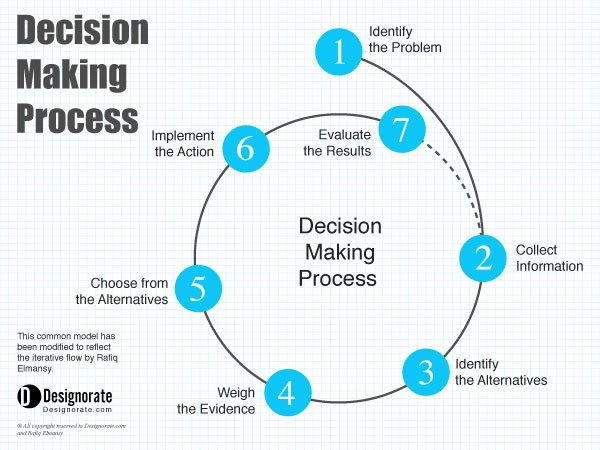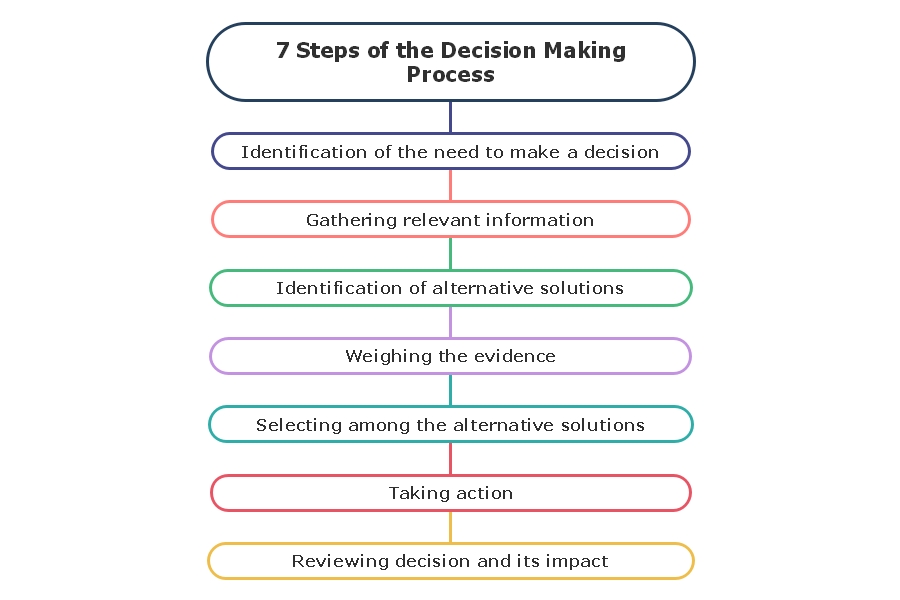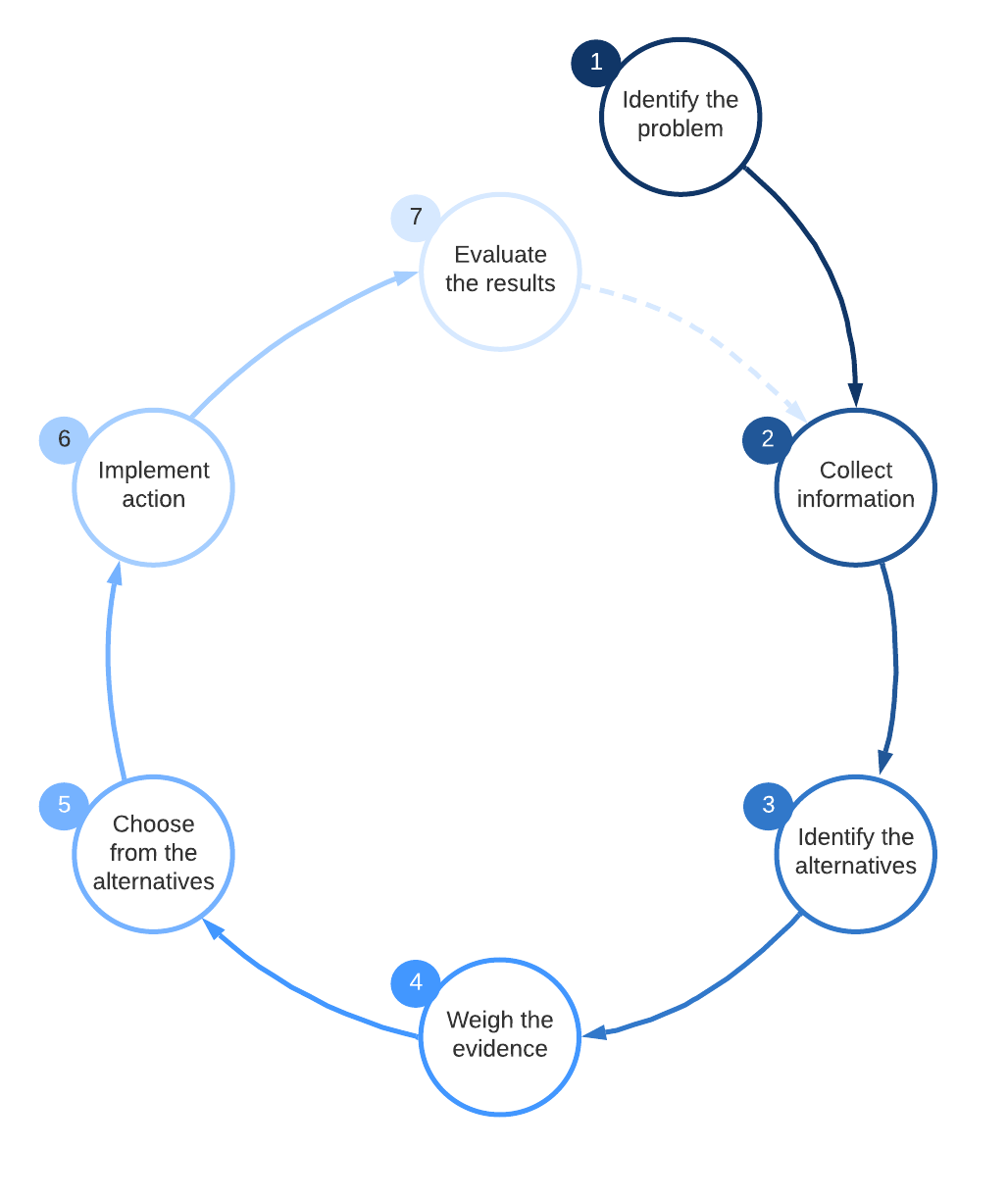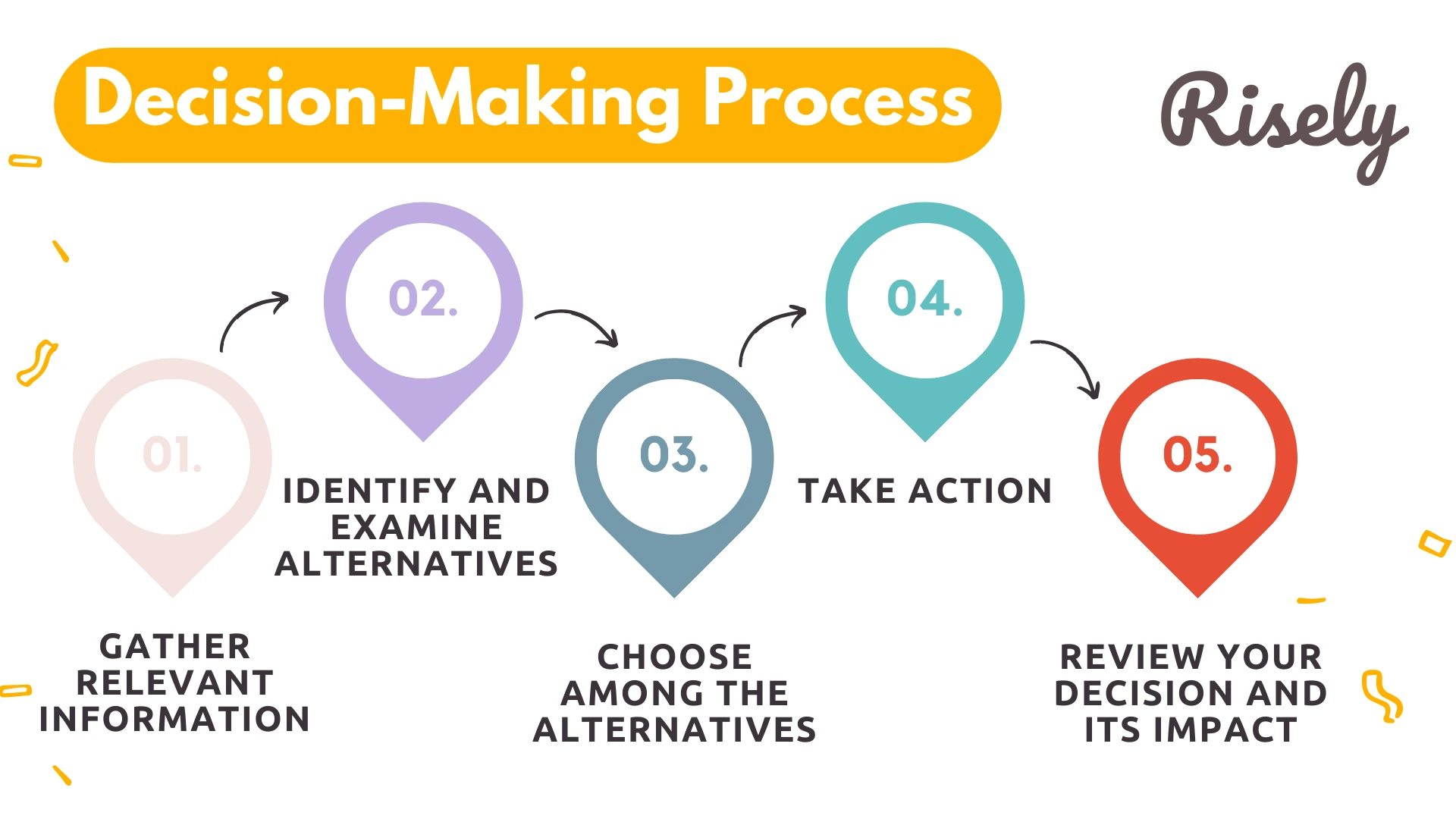Decision Making Process For Business
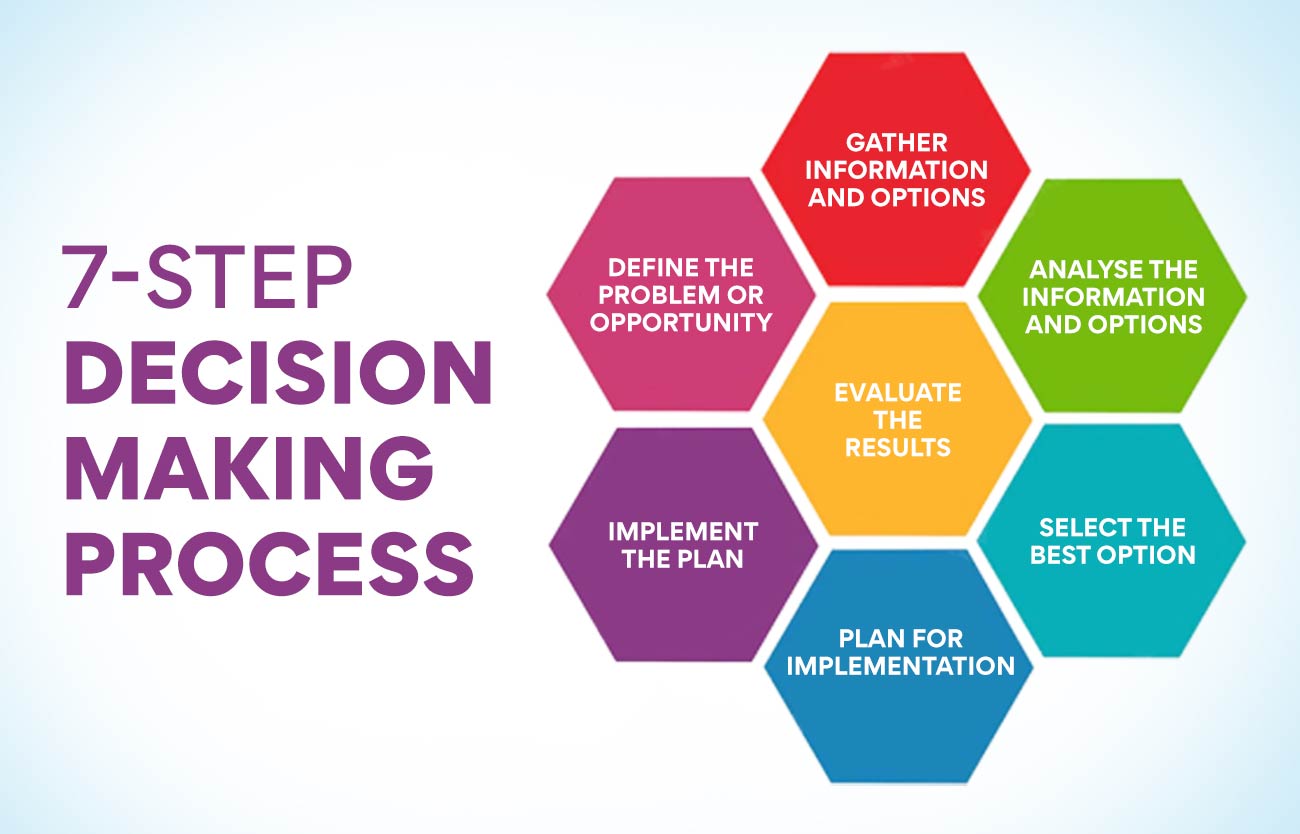
Imagine a bustling boardroom, sunlight streaming through the windows, casting a warm glow on the faces of your leadership team. The air is thick with anticipation, not of anxiety, but of focused energy as they discuss, debate, and ultimately, decide the next strategic move for the company. It’s a pivotal moment, a crossroads where careful thought and insightful analysis converge to chart the future.
At the heart of every thriving business lies a robust and well-defined decision-making process. This process, more than just a series of steps, is a structured approach that empowers organizations to navigate complexities, mitigate risks, and ultimately, make choices that drive success and innovation.
The Foundation of Effective Decision-Making
The concept of structured decision-making isn't new. Its roots can be traced back to early management theories emphasizing rational analysis and strategic planning. Over time, the process has evolved, incorporating elements of behavioral science and recognizing the importance of considering diverse perspectives.
According to a report by McKinsey, organizations with well-defined decision-making processes are twice as likely to outperform their competitors. This highlights the direct correlation between a thoughtful, structured approach and tangible business results.
Identifying the Problem or Opportunity
The first crucial step is identifying the problem or opportunity at hand. This requires a clear and concise understanding of the situation. Vague definitions lead to misdirected efforts.
For instance, is sales declining due to ineffective marketing, a changing market landscape, or increased competition? Or is there an opportunity to expand into a new market segment based on recent consumer trends?
Gathering Relevant Information
Once the problem or opportunity is defined, the next phase involves gathering relevant information. This might include market research, financial data, customer feedback, and internal performance metrics.
Relying solely on gut feeling is a risky strategy. Data-driven decisions are more likely to yield positive outcomes.
Developing Potential Solutions
With a solid understanding of the situation and access to relevant data, the team can brainstorm and develop potential solutions. This is a critical phase that encourages creativity and innovation.
Consider exploring a wide range of options, even those that seem unconventional at first glance. A seemingly outlandish idea could spark a truly groundbreaking solution.
Evaluating and Selecting the Best Option
Each proposed solution should be carefully evaluated based on predefined criteria. These criteria might include cost-effectiveness, potential return on investment, risk assessment, and alignment with the company's overall goals.
A helpful tool in this stage is a decision matrix, which allows for a structured comparison of options based on weighted criteria.
Implementation and Monitoring
The decision-making process doesn't end with the selection of a solution. The next crucial step is implementation.
This involves creating a detailed action plan, assigning responsibilities, and establishing a timeline. Equally important is monitoring the results.
Regularly track key performance indicators (KPIs) to assess the effectiveness of the decision and make necessary adjustments along the way. According to a Harvard Business Review study, companies that consistently monitor and adapt their strategies are more resilient to market changes.
Beyond the Steps: The Human Element
While a structured process provides a framework, it's crucial to recognize the human element in decision-making. Encourage open communication and collaboration.
Create a safe space where team members feel comfortable sharing their ideas and concerns.
"The best decisions are often made when diverse perspectives are considered and valued,"as noted by organizational psychologist, Dr. Emily Carter.
By fostering a culture of transparency and inclusivity, businesses can tap into the collective intelligence of their teams, leading to more informed and effective decisions. In the end, a structured process combined with an open mind creates the best business acumen.
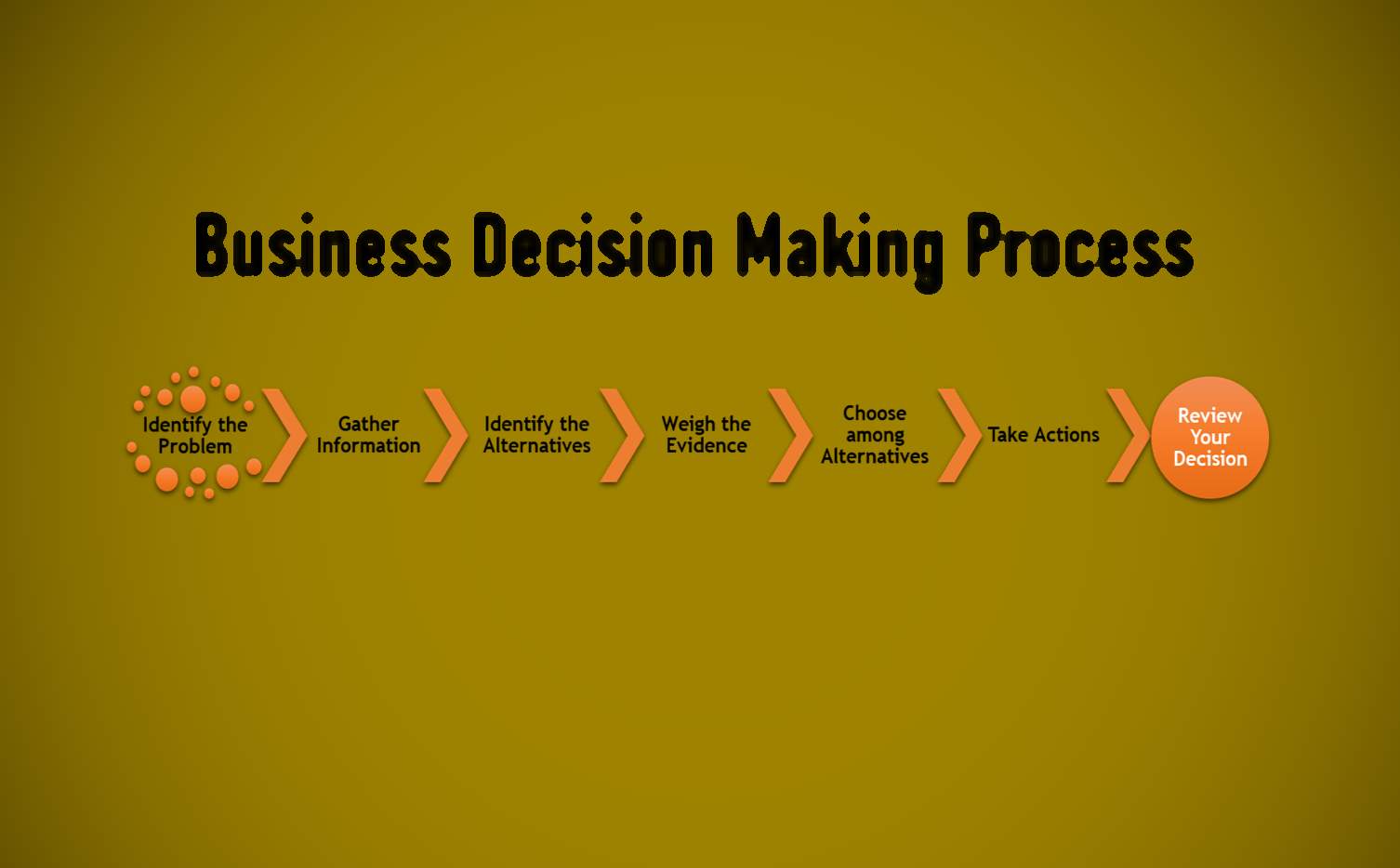
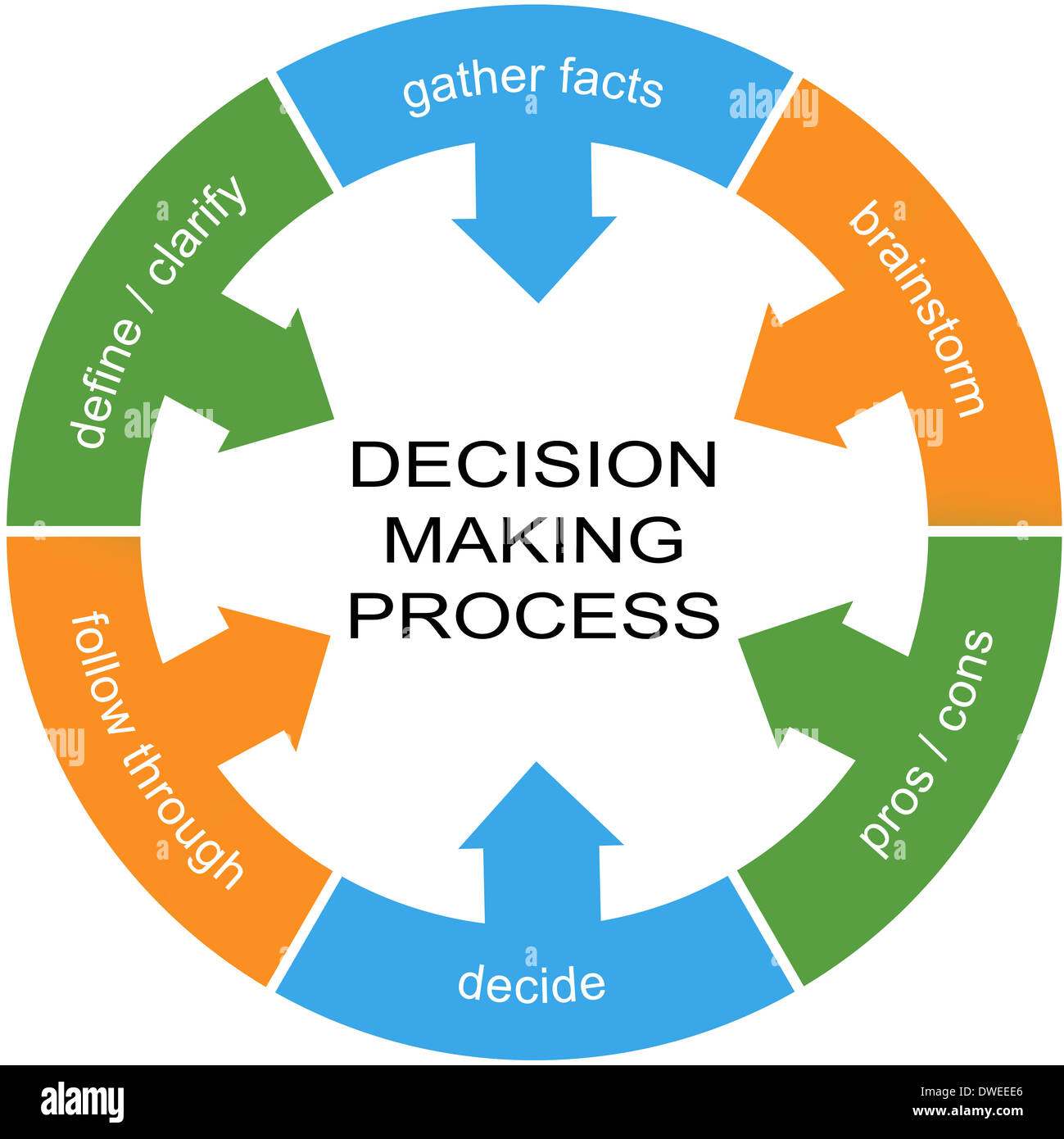
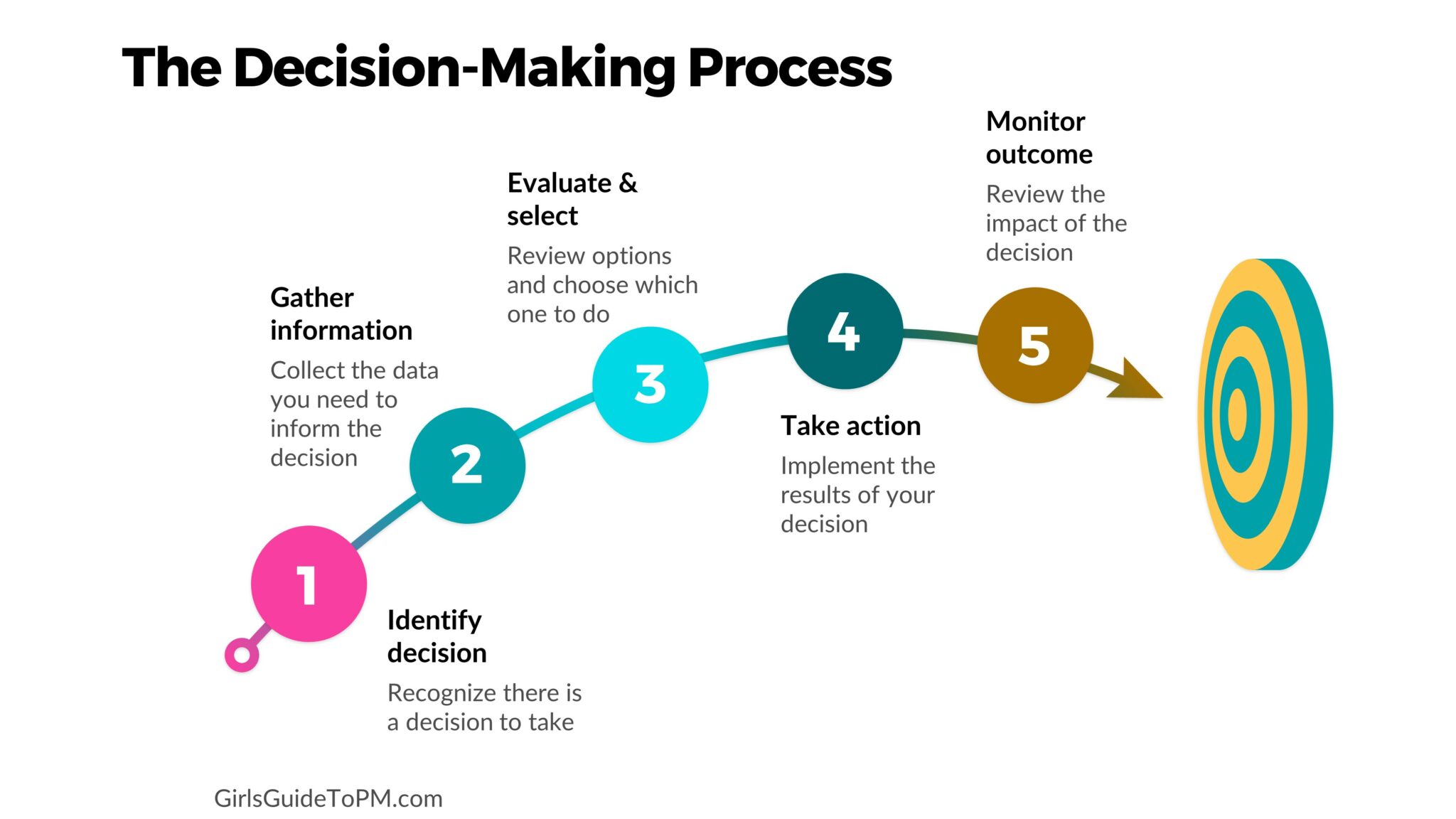
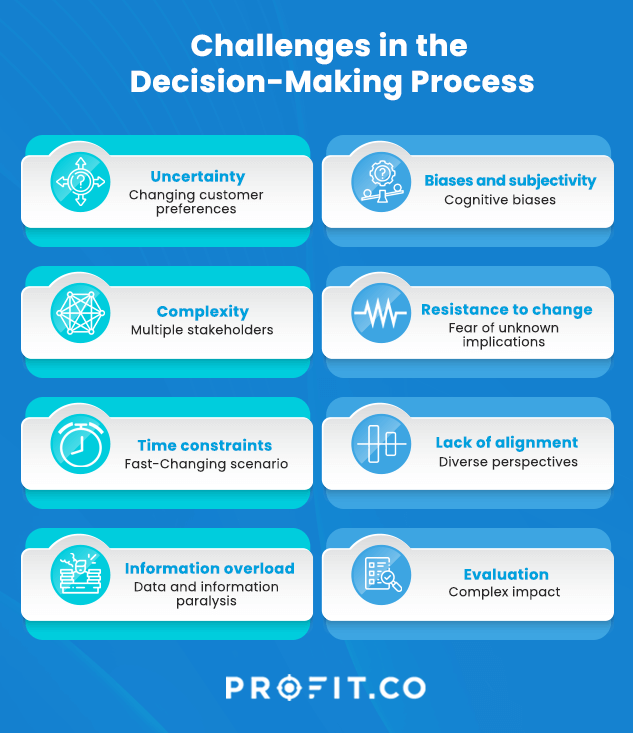
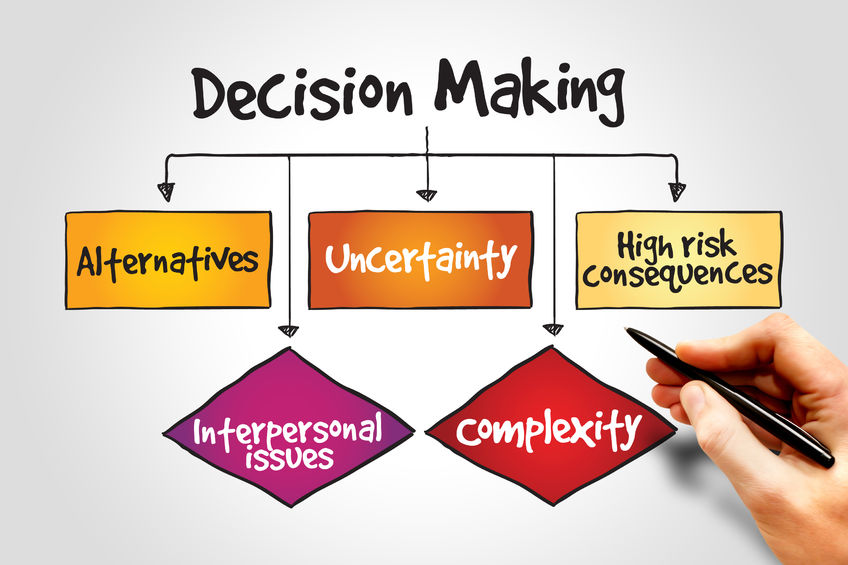
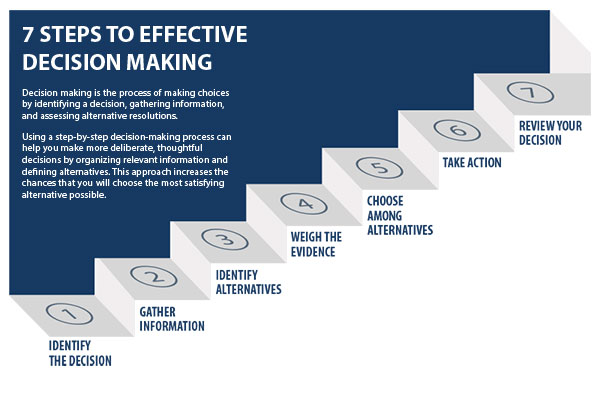
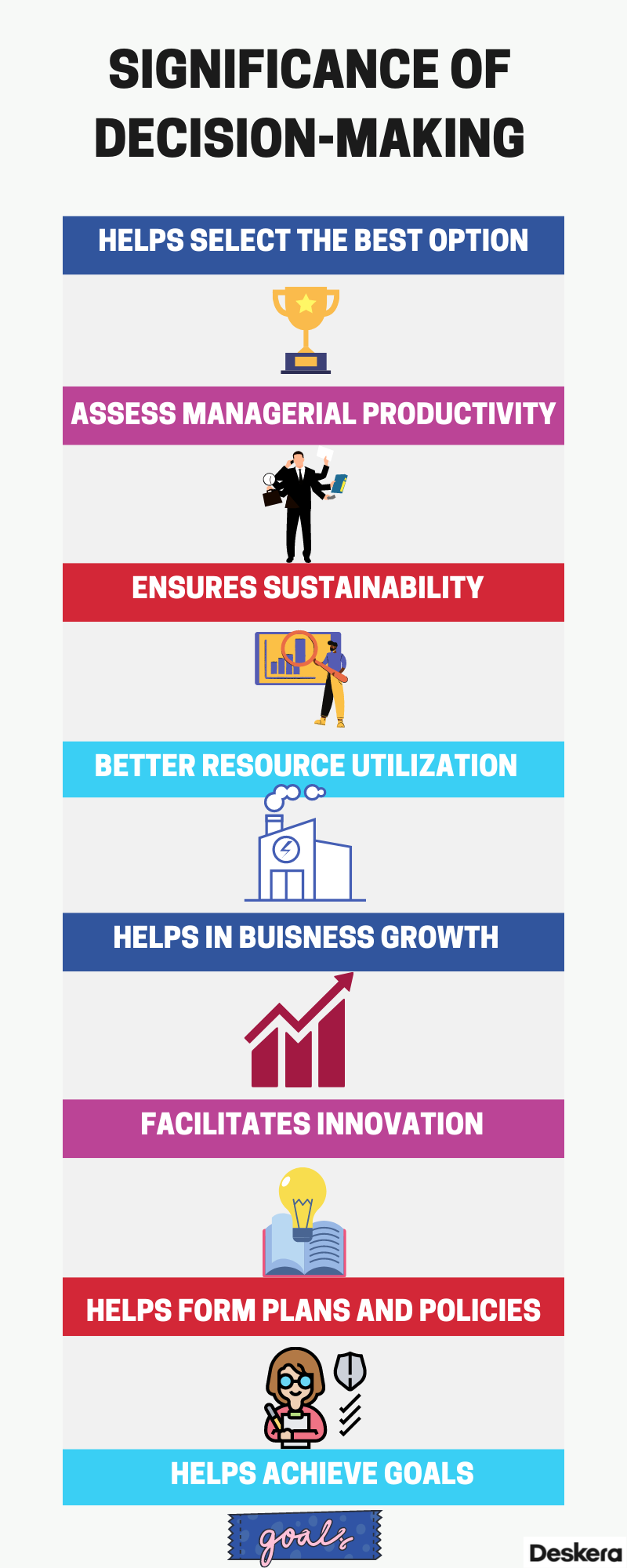

:max_bytes(150000):strip_icc()/decision-making-skills-with-examples-2063748-FINAL-5bad43d946e0fb002688e130.png)
